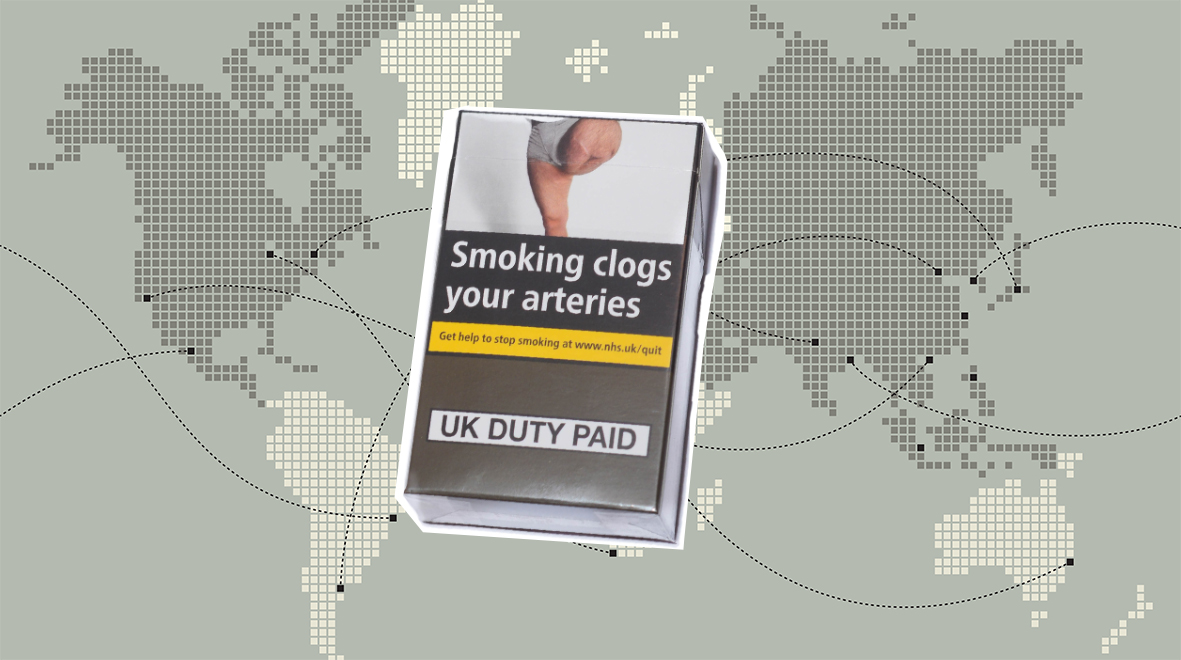
Following the publication of new draft guidance by NICE on the care and management of osteoarthritis, Dr Fiona Watt breaks down the misconceptions surrounding its impact on patients and healthcare professionals, and why developing effective treatments for the condition is more vital than ever.
8.75 million people live with osteoarthritis in the UK and the condition is the fourth leading cause of years lived with disability worldwide. Osteoarthritis commonly affects joints such as the knee, hip or hand, leading to progressive change and damage in joint tissues, frequently causing joint pain and functional difficulties. It is the leading cause of joint replacement. As an osteoarthritis researcher and someone who treats people with osteoarthritis in the NHS, I awaited the draft updated National Institute for Health & Care Excellence (NICE) guidance on the management of osteoarthritis with some anticipation. This guidance is important because it shapes (and restricts) the way that the NHS approaches advice and treatment, based on scientific evidence.








